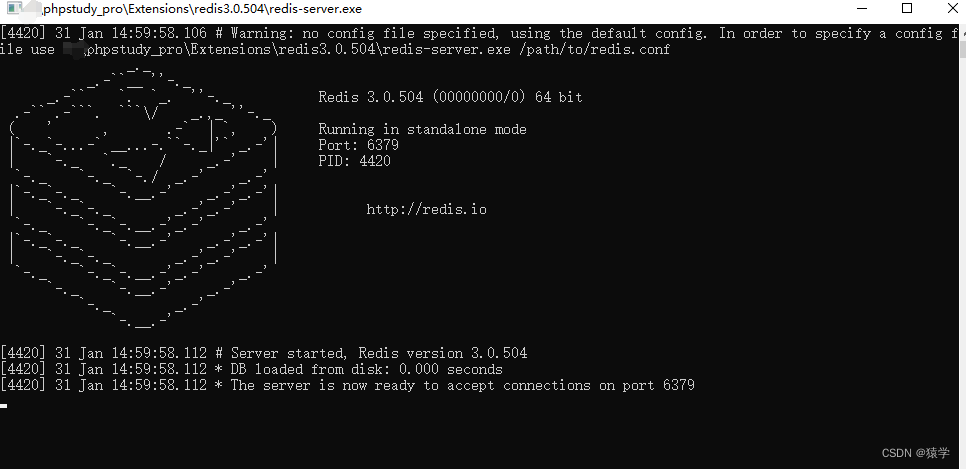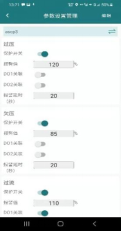目录
1 Mybatis的XML配置文件
1.1 XML配置文件规范
1.2 XML配置文件实现
1.3 MybatisX的使用
2. Mybatis动态SQL
2.1 什么是动态SQL
2.2 动态SQL-if
2.2.1 条件查询
2.2.2更新
2.3 动态SQL-foreach
2.4 动态SQL-sql&include
1.mybatis入门
2.mybatis基本操作
1 Mybatis的XML配置文件
Mybatis的开发有两种方式:
-
注解
-
XML
1.1 XML配置文件规范
使用Mybatis的注解方式,主要是来完成一些简单的增删改查功能。如果需要实现复杂的SQL功能,建议使用XML来配置映射语句,也就是将SQL语句写在XML配置文件中。
在Mybatis中使用XML映射文件方式开发,需要符合一定的规范:
-
XML映射文件的名称与Mapper接口名称一致,并且将XML映射文件和Mapper接口放置在相同包下(同包同名)
-
XML映射文件的namespace属性为Mapper接口全限定名一致
-
XML映射文件中sql语句的id与Mapper接口中的方法名一致,并保持返回类型一致。

<select>标签:就是用于编写select查询语句的。
-
resultType属性,指的是查询返回的单条记录所封装的类型。
1.2 XML配置文件实现
第1步:创建XML映射文件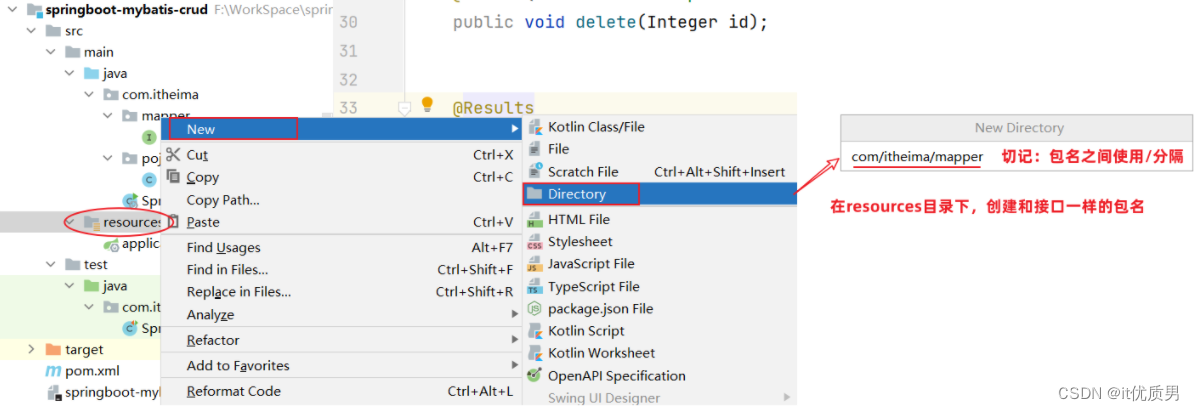

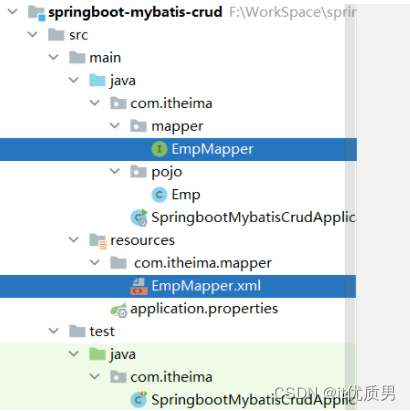
第2步:编写XML映射文件
xml映射文件中的dtd约束,直接从mybatis官网复制
<?xml version="1.0" encoding="UTF-8" ?>
<!DOCTYPE mapper
PUBLIC "-//mybatis.org//DTD Mapper 3.0//EN"
"https://mybatis.org/dtd/mybatis-3-mapper.dtd">
<mapper namespace="">
</mapper>配置:XML映射文件的namespace属性为Mapper接口全限定名

<?xml version="1.0" encoding="UTF-8" ?>
<!DOCTYPE mapper
PUBLIC "-//mybatis.org//DTD Mapper 3.0//EN"
"https://mybatis.org/dtd/mybatis-3-mapper.dtd">
<mapper namespace="com.itheima.mapper.EmpMapper">
</mapper>配置:XML映射文件中sql语句的id与Mapper接口中的方法名一致,并保持返回类型一致 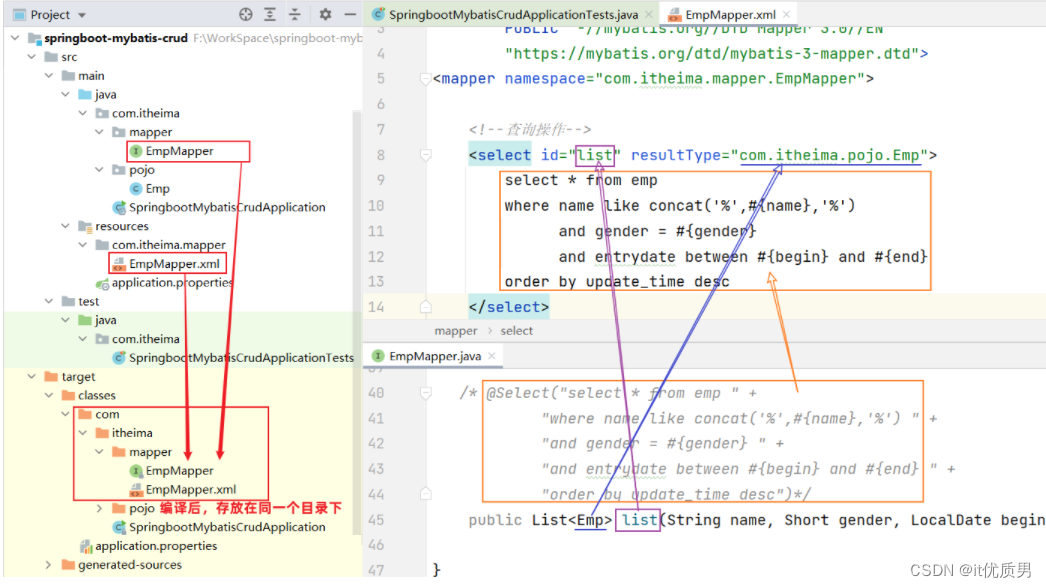
<?xml version="1.0" encoding="UTF-8" ?>
<!DOCTYPE mapper
PUBLIC "-//mybatis.org//DTD Mapper 3.0//EN"
"https://mybatis.org/dtd/mybatis-3-mapper.dtd">
<mapper namespace="com.itheima.mapper.EmpMapper">
<!--查询操作-->
<select id="list" resultType="com.itheima.pojo.Emp">
select * from emp
where name like concat('%',#{name},'%')
and gender = #{gender}
and entrydate between #{begin} and #{end}
order by update_time desc
</select>
</mapper>1.3 MybatisX的使用
MybatisX是一款基于IDEA的快速开发Mybatis的插件,为效率而生。
MybatisX的安装:

可以通过MybatisX快速定位: 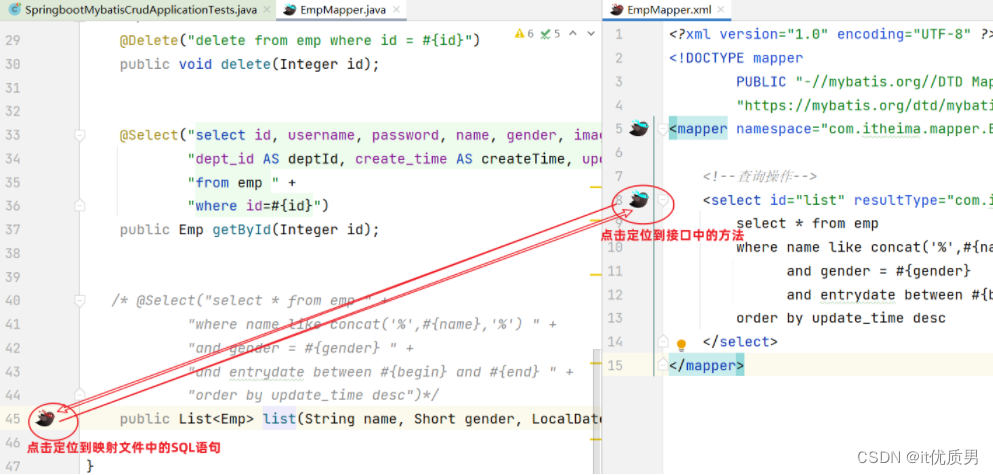
结论:使用Mybatis的注解,主要是来完成一些简单的增删改查功能。如果需要实现复杂的SQL功能,建议使用XML来配置映射语句
2. Mybatis动态SQL
2.1 什么是动态SQL
SQL语句会随着用户的输入或外部条件的变化而变化,称为:动态SQL
Mybatis中提供了很多实现动态SQL的标签,整Mybatis中的动态SQL就是掌握这些动态SQL标签。
但现在一般都ai生成就行
2.2 动态SQL-if
<if>:用于判断条件是否成立。使用test属性进行条件判断,如果条件为true,则拼接SQL。
<if test="条件表达式">
要拼接的sql语句
</if>
2.2.1 条件查询
示例:把SQL语句改造为动态SQL方式
- 原有的SQL语句
<select id="list" resultType="com.itheima.pojo.Emp">
select * from emp
where name like concat('%',#{name},'%')
and gender = #{gender}
and entrydate between #{begin} and #{end}
order by update_time desc
</select>-
动态SQL语句
<select id="list" resultType="com.itheima.pojo.Emp">
select * from emp
where
<if test="name != null">
name like concat('%',#{name},'%')
</if>
<if test="gender != null">
and gender = #{gender}
</if>
<if test="begin != null and end != null">
and entrydate between #{begin} and #{end}
</if>
order by update_time desc
</select>测试方法:
@Test
public void testList(){
//性别数据为null、开始时间和结束时间也为null
List<Emp> list = empMapper.list("张", null, null, null);
for(Emp emp : list){
System.out.println(emp);
}
}执行的SQL语句: 
修改测试方法中的代码,再次进行测试,观察执行情况
@Test
public void testList(){
//姓名为null
List<Emp> list = empMapper.list(null, (short)1, null, null);
for(Emp emp : list){
System.out.println(emp);
}
} 结果: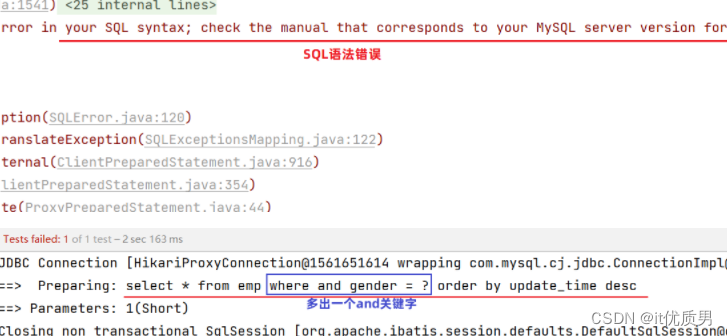 再次修改测试方法中的代码,再次进行测试:
再次修改测试方法中的代码,再次进行测试:
@Test
public void testList(){
//传递的数据全部为null
List<Emp> list = empMapper.list(null, null, null, null);
for(Emp emp : list){
System.out.println(emp);
}
}执行的SQL语句: 
使用<where>标签代替SQL语句中的where关键字
-
<where>只会在子元素有内容的情况下才插入where子句,会自动去除子句的开头的AND或OR<select id="list" resultType="com.itheima.pojo.Emp"> select * from emp <where> <!-- if做为where标签的子元素 --> <if test="name != null"> and name like concat('%',#{name},'%') </if> <if test="gender != null"> and gender = #{gender} </if> <if test="begin != null and end != null"> and entrydate between #{begin} and #{end} </if> </where> order by update_time desc </select>测试方法
@Test public void testList(){ //只有性别 List<Emp> list = empMapper.list(null, (short)1, null, null); for(Emp emp : list){ System.out.println(emp); } }执行的SQL语句:

2.2.2更新
更新用到的sql语句 开头是update
同where 这里需要插入set关键字
-
<set>:动态的在SQL语句中插入set关键字,并会删掉额外的逗号。(用于update语句中)
总结2.2.1 /2.2.2
<where>
where元素只会在子元素有内容的情况下才插入where子句,而且会自动去除子句的开头的AND或OR
<set>
动态地在行首插入 SET 关键字,并会删掉额外的逗号。(用在update语句中)
2.3 动态SQL-foreach
XML映射文件:
-
使用
<foreach>遍历deleteByIds方法中传递的参数ids集合
<foreach collection="集合名称" item="集合遍历出来的元素/项" separator="每一次遍历使用的分隔符"
open="遍历开始前拼接的片段" close="遍历结束后拼接的片段">
</foreach>看下代码:
<?xml version="1.0" encoding="UTF-8" ?>
<!DOCTYPE mapper
PUBLIC "-//mybatis.org//DTD Mapper 3.0//EN"
"https://mybatis.org/dtd/mybatis-3-mapper.dtd">
<mapper namespace="com.itheima.mapper.EmpMapper">
<!--删除操作-->
<delete id="deleteByIds">
delete from emp where id in
<foreach collection="ids" item="id" separator="," open="(" close=")">
#{id}
</foreach>
</delete>
</mapper> 
执行 
2.4 动态SQL-sql&include
在xml映射文件中配置的SQL,有时可能会存在很多重复的片段,此时就会存在很多冗余的代码
可以对重复的代码片段进行抽取,将其通过<sql>标签封装到一个SQL片段,然后再通过<include>标签进行引用。
-
<sql>:定义可重用的SQL片段 -
<include>:通过属性refid,指定包含的SQL片段
SQL片段: 重复的代码.
看图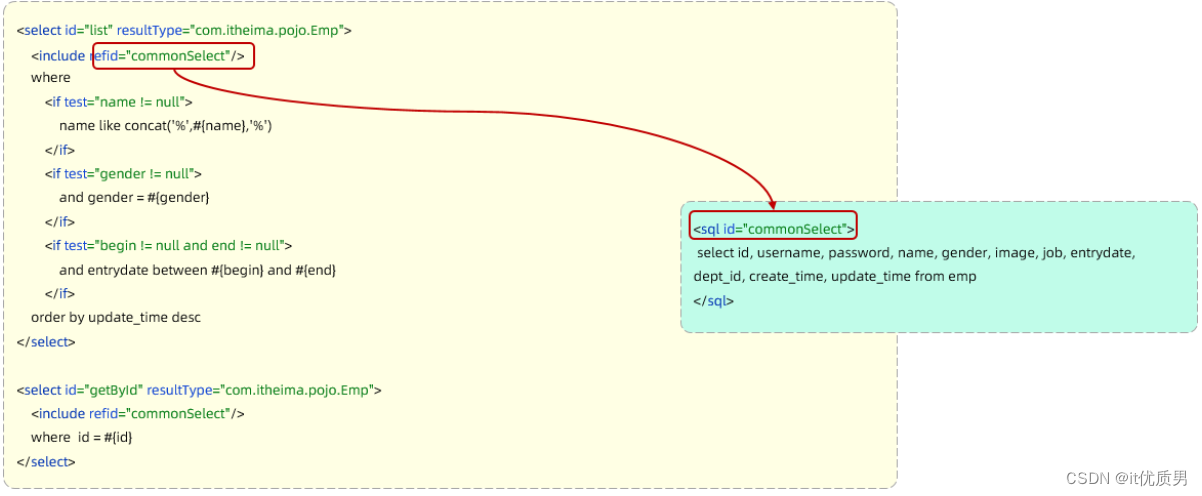
看下代码
<sql id="commonSelect">
select id, username, password, name, gender, image, job, entrydate, dept_id, create_time, update_time from emp
</sql>然后通过<include> 标签在原来抽取的地方进行引用。
代码如下:
<select id="list" resultType="com.itheima.pojo.Emp">
<include refid="commonSelect"/>
<where>
<if test="name != null">
name like concat('%',#{name},'%')
</if>
<if test="gender != null">
and gender = #{gender}
</if>
<if test="begin != null and end != null">
and entrydate between #{begin} and #{end}
</if>
</where>
order by update_time desc
</select>
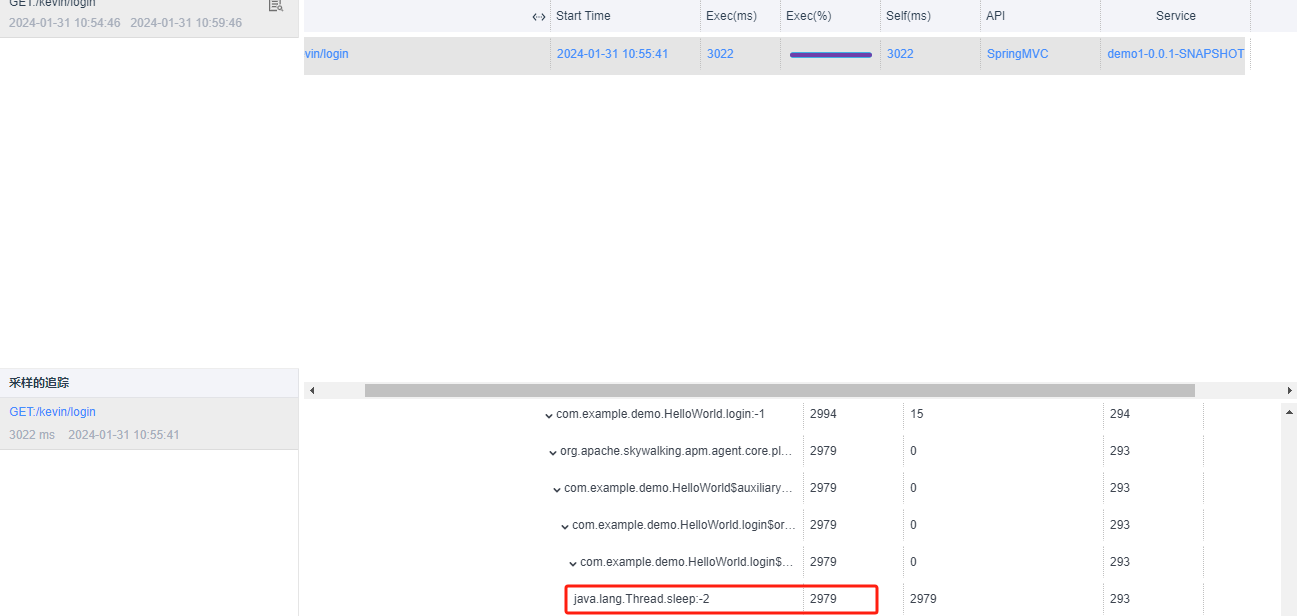




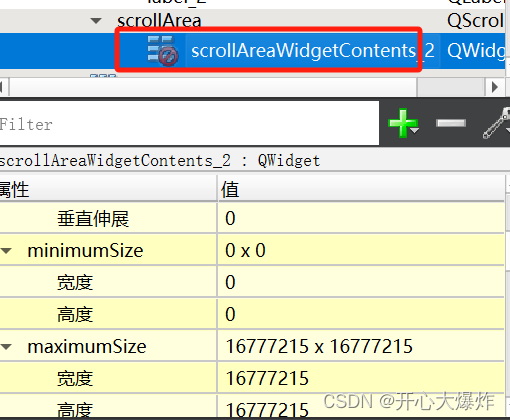
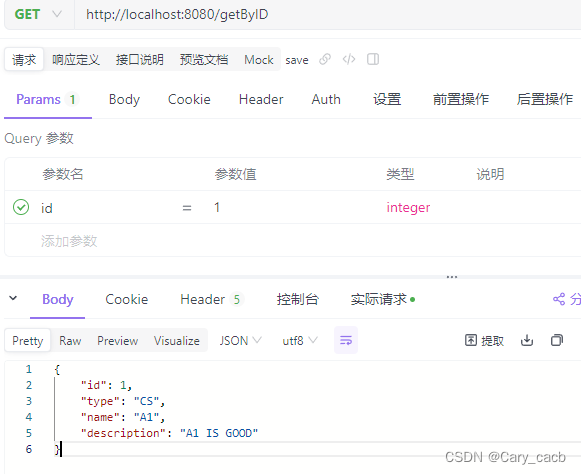

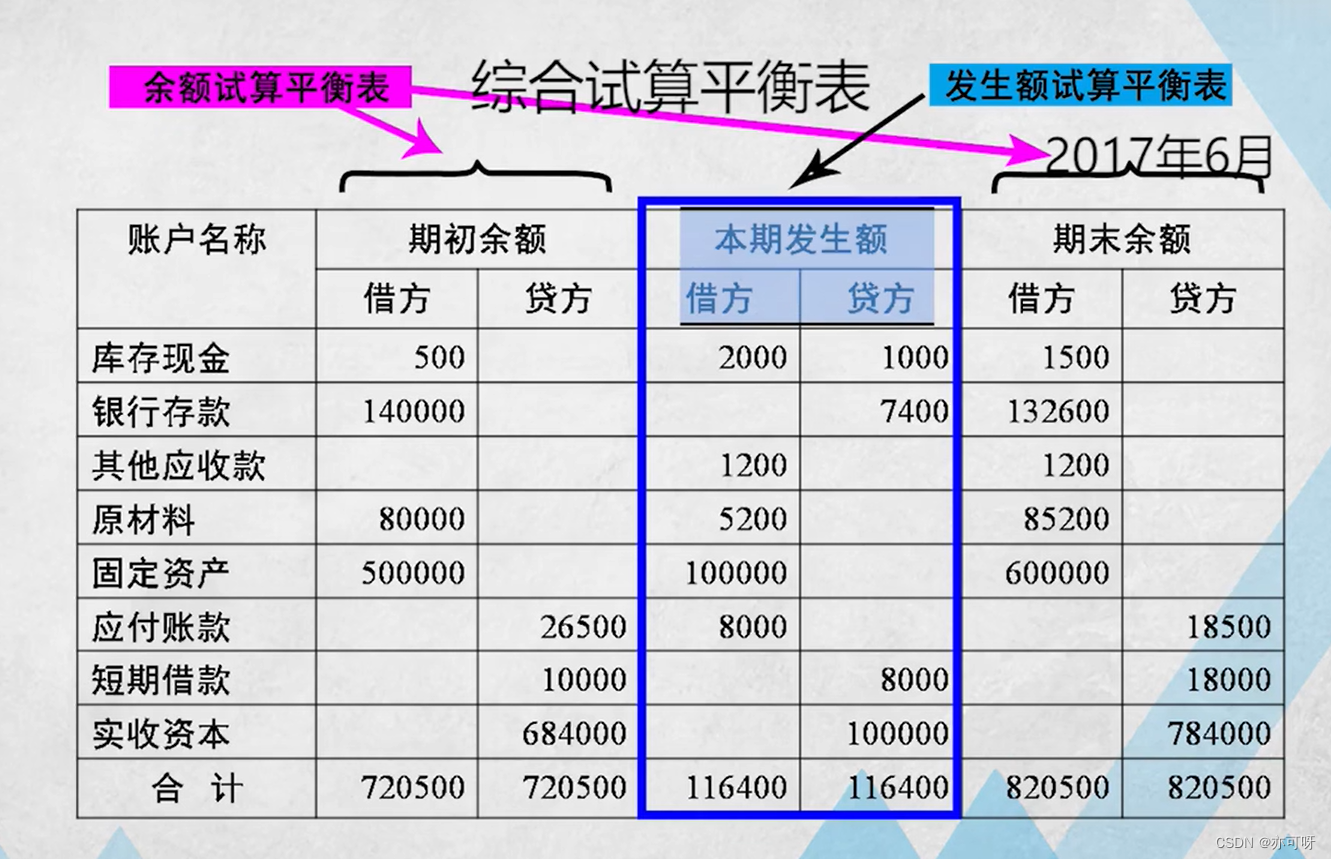
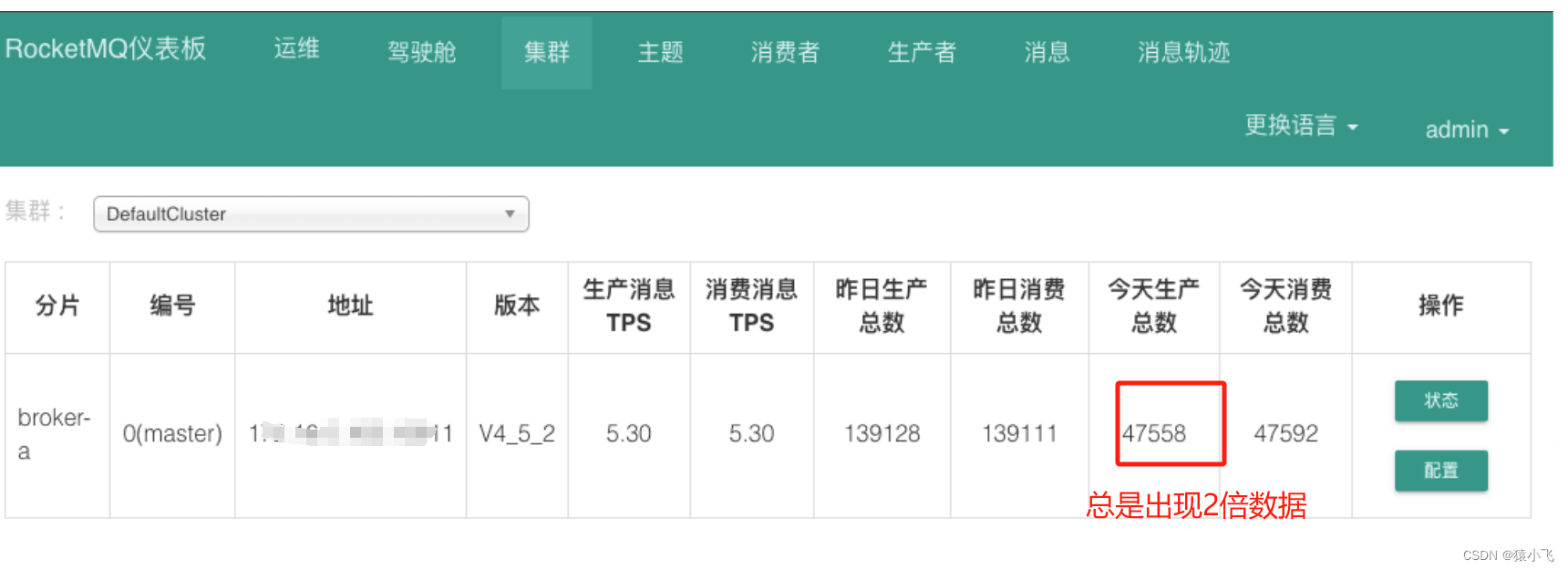
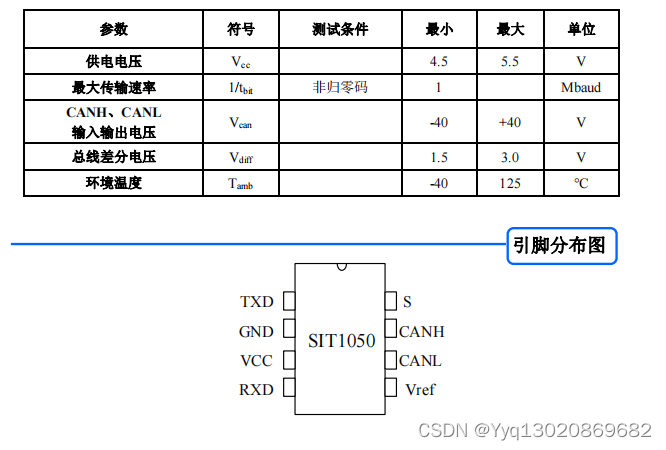

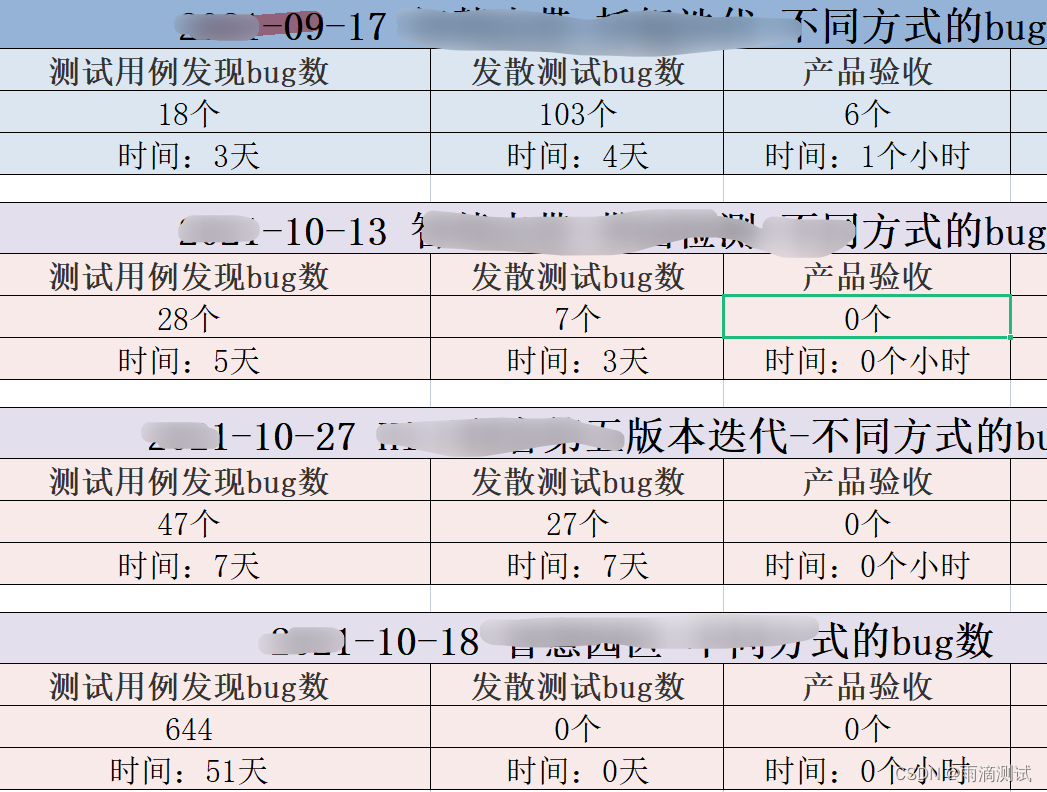

![[力扣 Hot100]Day20 旋转图像](https://img-blog.csdnimg.cn/direct/c286c3e66fb64dd9be08f15b7f2f59a5.png)
